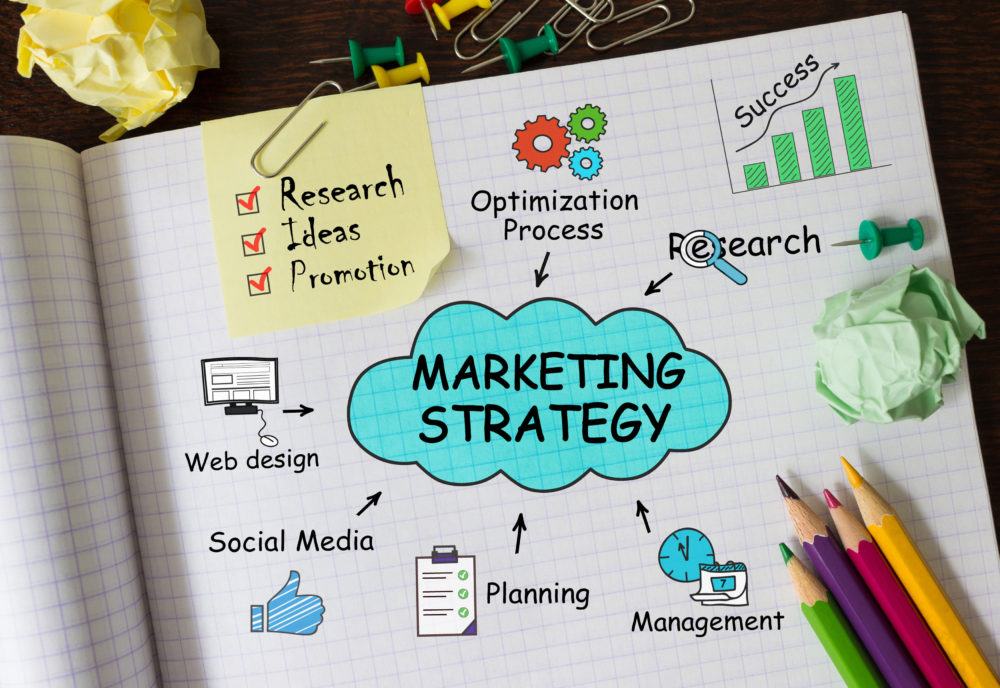Strategic Agility: Adapting Your Business Model for Tomorrow’s Challenges

Table of Contents
Business Model In the fast-paced landscape of modern business, Business Model agility has become a cornerstone of success. Organizations that can swiftly adapt, innovate, and realign their strategies to meet evolving market dynamics are not only resilient but also poised for growth and competitive advantage. This comprehensive guide explores the concept of Business Model agility, its importance in today’s economy, and practical strategies for implementing and sustaining agile practices to navigate future challenges effectively.

Understanding the Business Model
A Business Model defines the framework within which an organization creates, delivers, and captures value. It encompasses the core aspects of how a company operates, generates revenue, and sustains profitability. A robust Business Model aligns with market demands, customer preferences, and technological advancements, enabling businesses to capitalize on opportunities and mitigate risks proactively.
Key Components of a Business Model
1. Value Proposition
Central to any Business Model is its value proposition—the unique offering that addresses customer needs and differentiates the organization from competitors. A compelling value proposition articulates the benefits customers derive from products or services, creating a strong market position and fostering customer loyalty.
2. Revenue Streams
Revenue streams represent the avenues through which an organization earns income from its value proposition. These can include direct sales, subscription models, licensing fees, advertising revenue, and more. Diversifying revenue streams enhances financial stability and resilience against market fluctuations.
3. Customer Segments
Identifying and understanding distinct customer segments is crucial in tailoring products, services, and marketing strategies to meet specific customer needs effectively. By segmenting markets based on demographics, behaviors, and preferences, organizations can optimize resource allocation and maximize customer acquisition and retention.
4. Channels
Channels refer to the distribution and communication channels through which products or services reach customers. These can include online platforms, retail outlets, direct sales teams, and partnerships. Choosing the right channels ensures efficient market reach and seamless customer experiences.
5. Cost Structure
The cost structure outlines the expenses incurred in operating the Business Model, including fixed costs, variable costs, and overhead expenses. Optimizing the cost structure through efficiency measures and cost-effective strategies enhances profitability and financial sustainability.
The Importance of Business Model Agility
1. Rapid Adaptation to Market Changes
Business Model agility enables organizations to swiftly respond to shifting market dynamics, emerging trends, and competitive threats. By embracing flexibility and innovation, businesses can modify their Business Models to seize new opportunities and navigate challenges proactively.
2. Innovation and Competitive Advantage
Agile Business Models foster a culture of innovation, experimentation, and continuous improvement. Organizations that prioritize innovation can introduce new products, services, or operational efficiencies that differentiate them in the marketplace and create sustainable competitive advantage.
3. Enhanced Resilience and Risk Management
A flexible Business Model enhances organizational resilience by diversifying revenue streams, optimizing costs, and anticipating market disruptions. This proactive approach mitigates risks and positions businesses to withstand economic downturns or industry shifts effectively.
4. Customer-Centric Adaptation
Adapting the Business Model based on evolving customer preferences and behaviors strengthens customer relationships and enhances satisfaction. Organizations that align their offerings with customer needs can drive loyalty, retention, and advocacy, contributing to long-term business success.
Strategies for Implementing Business Model Agility
1. Scenario Planning and Risk Assessment
Conducting scenario planning and risk assessments allows organizations to anticipate various future scenarios and their potential impacts on the Business Model. By identifying potential risks and opportunities, businesses can develop contingency plans and pivot strategies accordingly.
2. Agile Methodologies and Iterative Prototyping
Adopting agile methodologies such as Agile or Lean Startup facilitates rapid iteration, experimentation, and adaptation of Business Models. By testing hypotheses, gathering feedback, and iterating quickly, organizations can validate ideas, optimize processes, and accelerate time-to-market for new initiatives.
3. Digital Transformation and Technology Integration
Harnessing digital technologies, AI-driven analytics, and automation enhances operational efficiency and innovation capabilities within the Business Model. Embracing digital transformation enables organizations to streamline processes, personalize customer experiences, and unlock new growth opportunities in a digital-first economy.
4. Cross-Functional Collaboration and Empowered Teams
Promoting cross-functional collaboration and empowering teams fosters a culture of collective responsibility and innovation. By breaking down silos and encouraging knowledge-sharing, organizations can leverage diverse perspectives to refine Business , drive alignment, and achieve collective goals.
Real-World Examples of Agile Business Models
Case Study 1: Netflix
Netflix revolutionized the entertainment industry with an agile Model centered on subscription-based streaming services. By continuously expanding its content library, investing in original productions, and leveraging data-driven insights to personalize recommendations, Netflix adapts to changing viewer preferences and maintains market leadership.
Case Study 2: Tesla
Tesla exemplifies agility in the automotive industry through its focus on electric vehicles (EVs), renewable energy solutions, and autonomous driving technologies. By iterating on product design, enhancing battery technology, and deploying over-the-air software updates, Tesla adapts its Business to lead innovation and disrupt traditional automotive paradigms.
Emerging Trends in Business Model Agility
1. Ecosystem Partnerships and Collaboration
Collaborative ecosystems enable organizations to leverage complementary capabilities, share resources, and co-create value within interconnected industries. By forming strategic partnerships and alliances, businesses can extend their Models to deliver integrated solutions and address complex customer needs effectively.
2. Circular Economy and Sustainable Practices
Embracing circular economy principles promotes resource efficiency, waste reduction, and sustainable practices within the Business Model. Organizations are increasingly adopting closed-loop systems, recycling initiatives, and eco-friendly products/services to meet consumer demand for environmentally responsible solutions.
3. AI-Powered Decision-Making and Predictive Analytics
AI-powered decision-making enhances strategic planning and operational agility by analyzing vast datasets, predicting market trends, and optimizing decision-making processes. By harnessing predictive analytics, organizations can anticipate customer behaviors, optimize supply chain logistics, and capitalize on emerging opportunities in real-time.
Business Model
In conclusion, Business Model agility is indispensable for organizations seeking to thrive in an era of unprecedented change and uncertainty. By embracing flexibility, innovation, and continuous adaptation, businesses can navigate evolving market dynamics, capitalize on emerging opportunities, and sustain competitive advantage.
Embrace the principles of Business agility, learn from successful case studies, and leverage emerging trends to transform your organization into a dynamic, resilient, and future-ready enterprise. By fostering a culture of agility and innovation, businesses can chart a path to long-term success and achieve enduring relevance in a rapidly evolving global economy.






